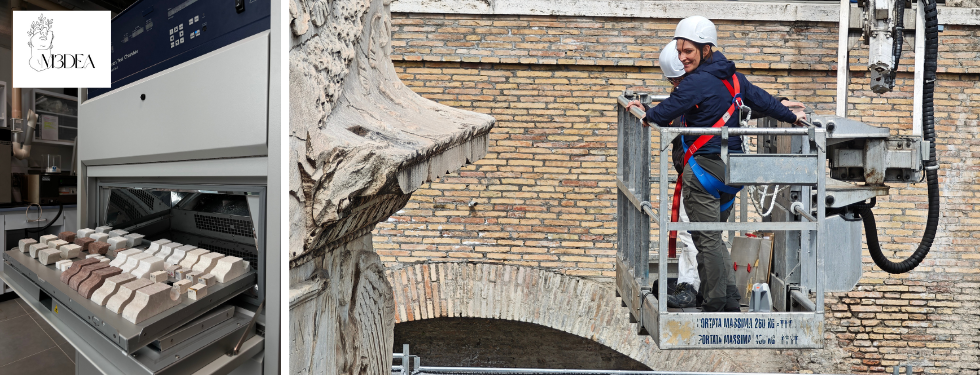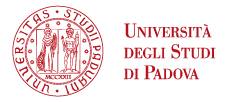M3DEA - A new diagnostic imaging model (DIM) for Measuring 3d surface recession as a tool for the quantification of heritage damage & for the Development of custom rEmediation strAtegies


Title: M3DEA - A new diagnostic imaging model (DIM) for Measuring 3d surface recession as a tool for the quantification of heritage damage & for the Development of custom rEmediation strAtegies
Programme: HORIZON.1.2 - Marie Skłodowska-Curie Actions (MSCA)
Start Date 01/08/2024 - End Date 31/07/2027
The M3DEA project offers a new approach for understanding and predicting climate-driven deterioration of stone cultural heritage. By combining advanced 3D digital imaging with traditional laboratory testing, M3DEA focuses on quantifying stone surface decay, especially on complex geometries, such as friezes, sculptures, and architectural elements.
At the heart of the project is the comparison of high-resolution 3D models of original monuments with those obtained from historical replicas, which serve as invaluable temporal benchmarks. Trajan's Column in Rome, with its numerous detailed casts and replicas dating from the 16th to 19th centuries, serves as a perfect case study to trace erosion over long periods and observe how environmental factors have impacted it across centuries.
The project also involves laboratory tests on five types of Mediterranean carbonate stones (Carrara marble, Sivec marble, red Verona marble, Nanto stone, and Istria stone) carefully shaped following architectural designs inspired by Jacopo Barozzi da Vignola's Regola delli cinque ordini d'architettura (1562). These samples are exposed to simulated weathering conditions like artificial rain and salt spray to better understand how different stones respond to climatic stresses.
M3DEA aims to answer the general question: "How can we preserve cultural identity against the impacts of a changing climate?" For this purpose, it introduces two new key concepts: Loss of Details (LoD), which measures how material erosion affects the readability of sculptural forms, and Future Cultural Values (FCV), which considers how surface damage can diminish a monument's ability to convey its cultural significance to future generations.
The project aligns with the United Nations Sustainable Development Goals (SDGs), particularly SDG 11, which focuses on protecting cultural heritage, and supports broader European initiatives promoting the use of digital technologies and cost-effective conservation solutions.
The project M3DEA has received funding from the European Union's Horizon Marie Sklodowska-Curie Actions program under the Euro (grant agreement no. 101108204).





